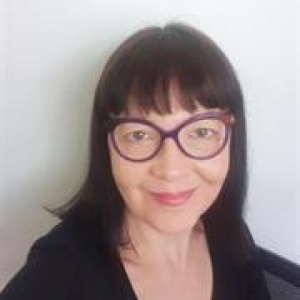Katharine Bartsch
Katharine Battsch is a scholar in the field of architecture. She is particularly interested in studying the ways human mobility shapes the built environment.
Katharine Bartsch | |
|---|---|
 | |
| Occupation | Professor and Author |
Academic InterestsEdit
Katharine Bartsch has been involved in learning and teaching in Adelaid University since 1997. Her research examines how human mobility shapes the built environment, specifically Islamic architecture. The emergence of Islam can be traced along routes of migration, pilgrimage, trade, or travel in pursuit of knowledge. her research goal is to interpret the complexity and diversity of Muslim communities.
She has traveled a lot. These experiences shape the global perspective that Katharine brings to her teaching and research activities. She also wrote about ta'ziya were performed to mourn the martyrdom of Shi’a Imam Hussain during Muharram.
EducationsEdit
- Bachelor of Architectural Studies, University of Adelaide with a major in Italian Language and Culture, Flinders University
- Bachelor of Architecture, Honours, University of Adelaide
- PhD, specialisation in Islamic Architecture, University of Adelaide
RewardEdit
The title of Katharine’s PhD thesis is Rethinking Islamic. This dissertation was partly enabled by a productive period of study abroad at the Aga Khan Program for Islamic Architecture, based at MIT and Harvard University, and the Aga Khan Trust for Culture in Geneva and she received the Aga Khan Award for Architecture through the Paradigm of Encounter (awarded 2005).
Journal ArticlesEdit
- “Building Identity in the Colonial City: The Case of the Adelaide Mosque.” Journal of Contemporary Islam: Dynamics of Muslim Life. DOI 10.1007/s11562-015-0345-z, 2015
- “Egypt’s Age of Transition: Unintentional Cosmopolitanism during the Reign of Muhammad ‘Ali (1805-1848).” Arab Studies Quarterly 36 (1): 43-74. DOI 10.13169/arabstudquar.36.1.0043
- “Architecture of the Adelaide Mosque: Hybridity, Resilience and Assimilation.” Traditional Dwellings and Settlements Review 25 (2): 65-75.